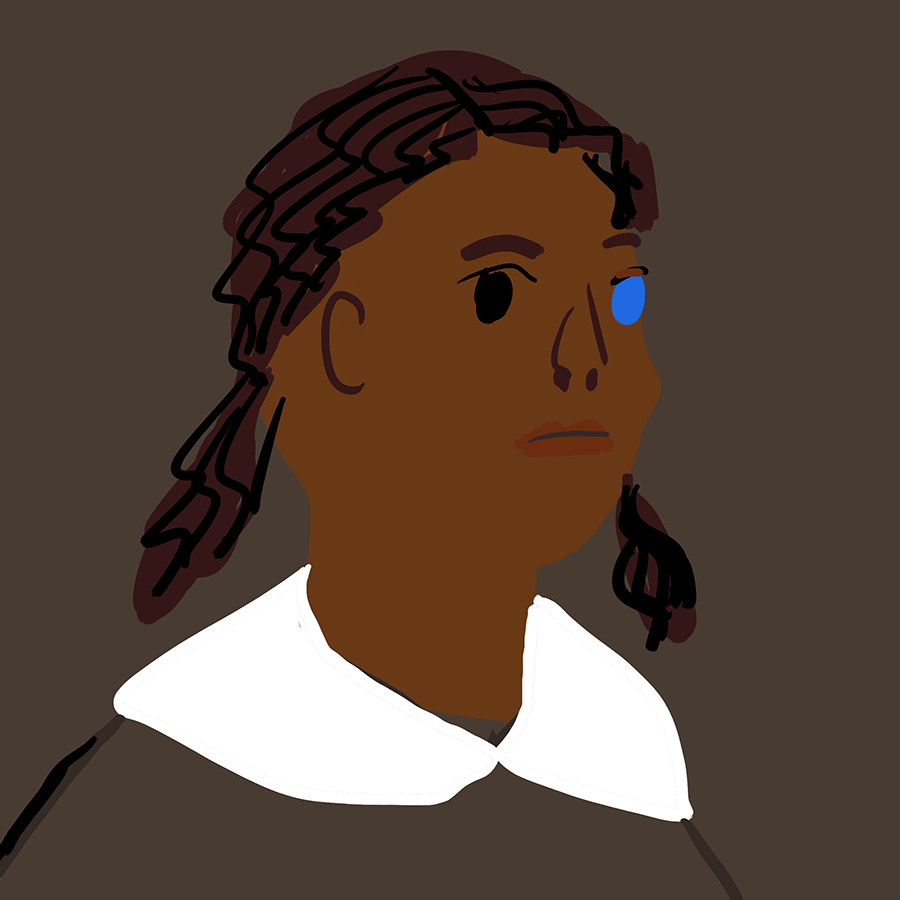

Through Morrison's literary expression, Claudia and her sister are able to fight back against the forces that threaten to destroy them, not least because of their unity and strong family background. Morrison's deft use of language, layered with culturally inspired symbolism, expresses the opposing emotions of love and hate, succour and violence, acceptance and rejection. The sense of pathos and sympathy engendered by the narrator is largely responsible for Morrison's success in bringing the characters and scenes to life in this given text. The suffering and torment of another soul was about to begin. With Morrison's use of a metaphor alluding to the anger engendered by inequality, Maureen had 'pierced the shell of a deadening winter.' The girls excitement in their newfound freedom was to be short lived when they turned a corner to find a 'group of boys was circling and holding at bay a victim, Percola Breedlove'. Even the quality of her clothes threatened to 'derange' the sisters.read more.Ī heady feeling of joy at this newfound acceptance caused Claudia, Frieda and Maureen to throw caution to the wind and leave their galoshes behind in the cloakroom to dance through the muddy puddles. Maureen's hair is styled with two brown, plaited braids that resembled 'two lynch ropes that hung down her back', this symbolism suggesting that to worship blindly that which is white is to put your head in a noose. These black children have been so thoroughly taught to revere whatever is white, that they are in awe of a girl who is, in reality, not white but merely 'high yellow' and her eyes are dark green, certainly not blue. Morrison's astute metaphor reveals the innermost insecurities of black children, who have been conditioned since birth to defer to white people, accepting their perceived superiority. She was 'a someone who splintered the knot into silver threads that tangled us'. Claudia and Frieda feel threatened by the newcomer. The narrative suddenly changes pace and the rhythm of the text quickens, suggesting agitation and excitement, with the arrival of a new girl in school. The assonance of 'stewed prunes', with its subsequent visual impact, only seems to compound their misery. The further use of sibilance makes the reader shiver at the thought of the cold day ahead as the girls 'stared through icebox mornings at four stewed prunes, slippery lumps of oatmeal, and cocoa with a roof of skin'. Allied with this liberal use of sibilance, the father's steely demeanour and wintry countenance is revealed in the similes, 'His icy, intimidating eyes become like a 'cliff of snow threatening to avalanche' and 'His eyebrows bend like black limbs of leafless trees.' In the final sentence of the paragraph, Morrison's metaphor of 'And he will not unrazor his lips until spring, implies that this strong, silent sentinel does not speak or let down his guard until winter is done.read more. Winter moves into it and presides there.' This symbolism alludes to everything in MacTeers' face 'closing' in the winter season. She declares that 'My Daddy's face is a study. In the first sentence of the paragraph Claudia pays homage to her father, describing him with winter metaphors and similes. The narrator is Claudia, MacTeer's daughter, who is obvious in the love and respect she has for her father. In the opening paragraph of this text, Morrison enlightens us with the graphic description of the patriarch of the MacTeer family, a black man who suffers the bigotry and oppression of the time, yet appears to remain unbowed.

English Literary Studies The Bluest Eye by Toni Morrison 'How successful in your view, is Morrison at bringing the Characters and Scenes to life?' The Bluest Eye is a novel set in America during the 1940's.


 0 kommentar(er)
0 kommentar(er)
